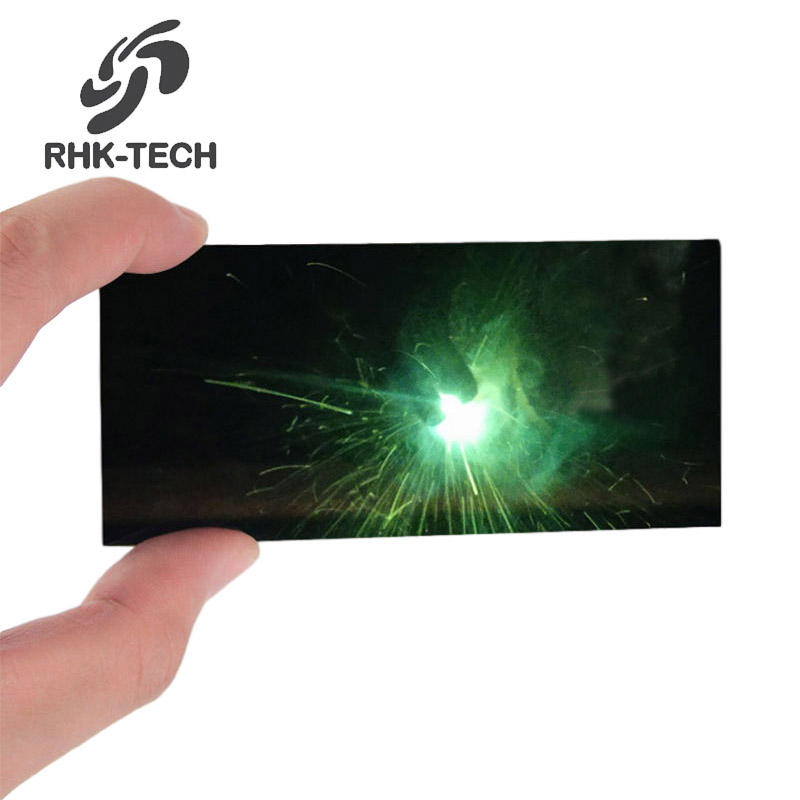

Shade numbers generally range from 2 to 14. Shade numbers are a guide used by welders to select the most comfortable and clear lens for specific operations. Although lens shades can range from 0-14, welding lenses have shades that range from 4-14. The darker lenses filter out harmful UV (ultraviolet) and IR (infrared) waves. Battery Compartment (CR 2450 lithium battery required Qty - 1). The higher the shade protection number, the darker the lens.

The lens shade number indicates the intensity of the darkness provided by the lenses to protect your eyes. Remember that you do not have to be welding to damage your eyes, just being in the area of a welding process can cause eye damage. Always refer to the industry standards produced by the Health and Safety Executive or the British Standards Institute (BSI). When choosing welding glasses, ensure that you choose the best available protection for your eyes. Always use welding glasses that adhere to industry recognised standards. Welding glasses have strong, wrap-around polycarbonate lenses that follow the contour of the face, so that the eyes are also protected from the side. Modern welding safety glasses absorb up to 99% of the damaging UV radiation as well as protecting the eyes from any welding sparks or debris. Most arc flash accidents happen to workers within the area of the welding rather than the workers involved directly in the welding process, but welding glasses should be worn by everyone in the vicinity.

Ultraviolet radiation is generated by electric welding arcs and can damage your eyes, similar to sunburn on the skin, and welding glasses are important pieces of PPE (Personal Protection Equipment) for welders and similar applications. Welding glasses are important pieces of safety eyewear that protect your eyes from arc flash burns, also known as "welder's flash" or "arc eye", when using welding equipment.


 0 kommentar(er)
0 kommentar(er)
